As the centennial of the 1913 Armory Show is here we are all inundated with retrospectives, articles and blogs about the importance of the exhibit that took place 100 yrs ago this February. The 100th anniversary Armory Show will be taking place from March 7-10 at the Pier in NYC. As I am the writer of an art history blog, I feel it my duty to share my opinion, but being that this is Muddy Colors, I’d like to explore the impact this show had on fantasy art and illustration.
The thirty years between The Franco Prussian War and WWI was perhaps the most revolutionary time in human history. The industrial revolution had created urban cities, skyscrapers, transcontinental railroads, electricity, photography, movies, the phone, the automobile and the airplane. One of the most important changes was that the population of the world had nearly doubled over this period and most now lived in cities working in factories. The ruling aristocracies which had governed the people for centuries no longer could control the population with rising concepts of Socialism and Worker’s Unions in the new modern world. (Fans of Downton Abbey can appreciate this conflict.)
The transformation of art during this time reflected this socio-economic change. The invention of photography, new mediums and ideas changed the way artists perceived their role in a world that was changing in front of their eyes. Music, sculpture, literature and painting evolved from an academic craft to an intellectual philosophy. The study of Fine Arts moved from the ateliers to the universities focusing on conceptualization rather than story telling.
In 1913 the new modern artists broke entirely with the academic salon system. The armory show was one of the first true art conventions, and the forerunner of contemporary shows like ArtExpo and ComicCon. Private artists gathering together in a gymnasium to display new work in what was the largest hall in New York. The show clearly demonstrated a new direction in art and drew a line in the sand between the victorian and modern period in art.
But, what does this have to do with fantasy illustration? Everything. During this transformation an entire generation of academic artists were going unemployed. Once famous artists were forced to auction off their collections. Photography took the place of portrait painting and Duchamp and Picasso were the new masters of the art world. Fortunately, the very industrial technology that had usurped the Victorian art world, would create a new market for academic painters. Artists adapted and the new publishing and advertising industries became the patrons of the traditional painters and put them to work producing some of the most beautiful images in what we now call, The Golden Age of Illustration, forming The Society of Illustrators in 1901, and creating one of the most iconic 20th century art forms, the illustrated book. Pyle, Wyeth, Lyendecker, Rackham, Pogany and all the rest, found themselves in high demand illustrating mass produced books thanks to the invention of offset lithography and industrial publishing. The rise of newspapers, illustrated periodicals like Harper’s Weekly and The Saturday Evening Post, as well as pulp fiction publishers would lead to the development of comic books, posters and paperbacks in the 20th century, all requiring artists in the new field of illustration.
Today, at the beginning of the twenty first century we see a very similar transformation. The internet and the computer have totally revolutionized the art world. The influence of the gallery system and publishing industry that ruled the market in the last century are now fading, since artists can communicate directly with a world-wide audience. The invention of interactive virtual art that exists in virtual spaces transforms our ideas on what art can be, stretching its influence from New York to Bangkok. The future of the art world is at as poignant a crossroads as it was 100 years ago. What the future may hold is anyone’s guess, but the one thing we know will never change, is that everything will change, and art and its artists will be there. I for one can’t wait to see what’s next!
Thank you,
WOC
For more on the 1913 Armory Show and the changing World of Art listen to the excellent NPR documentary:
1913 Culture Shock


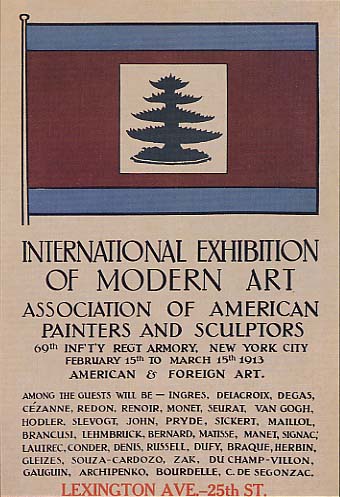
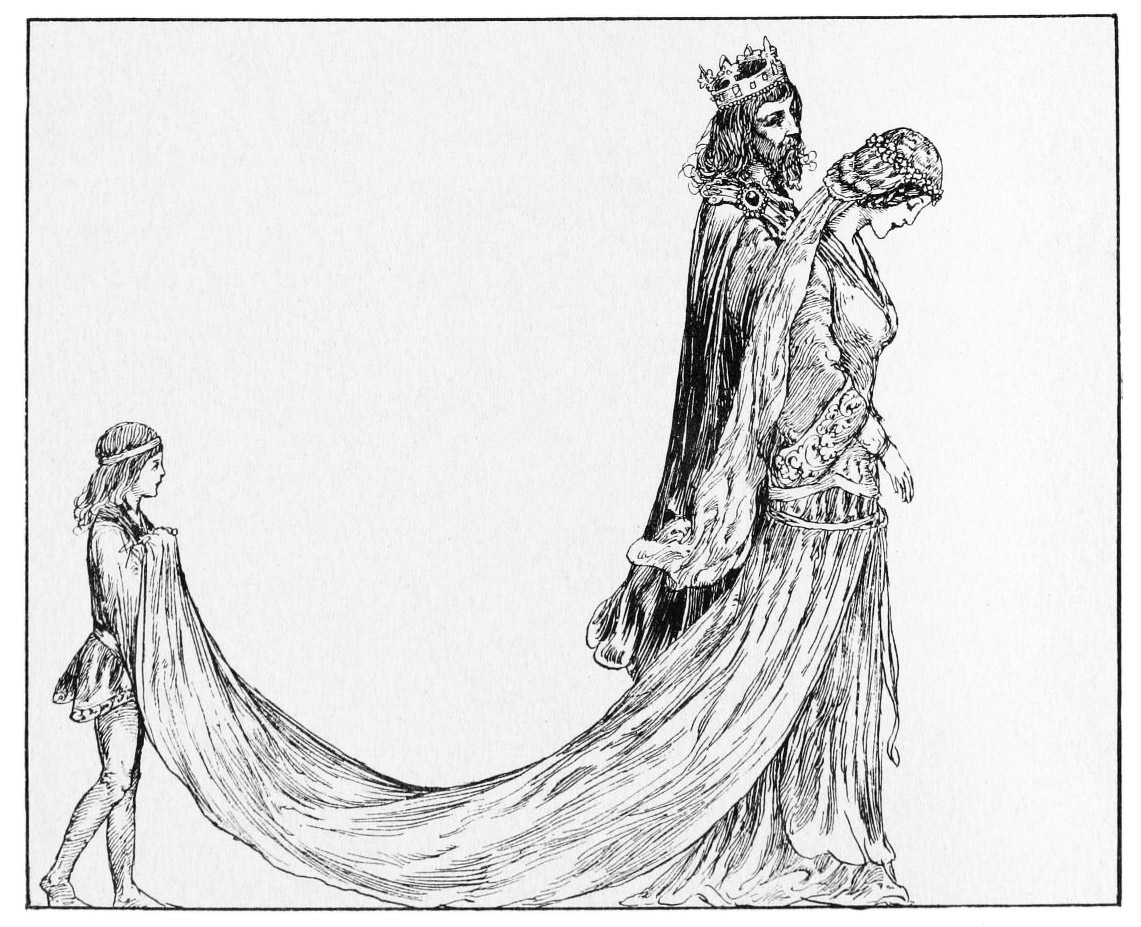


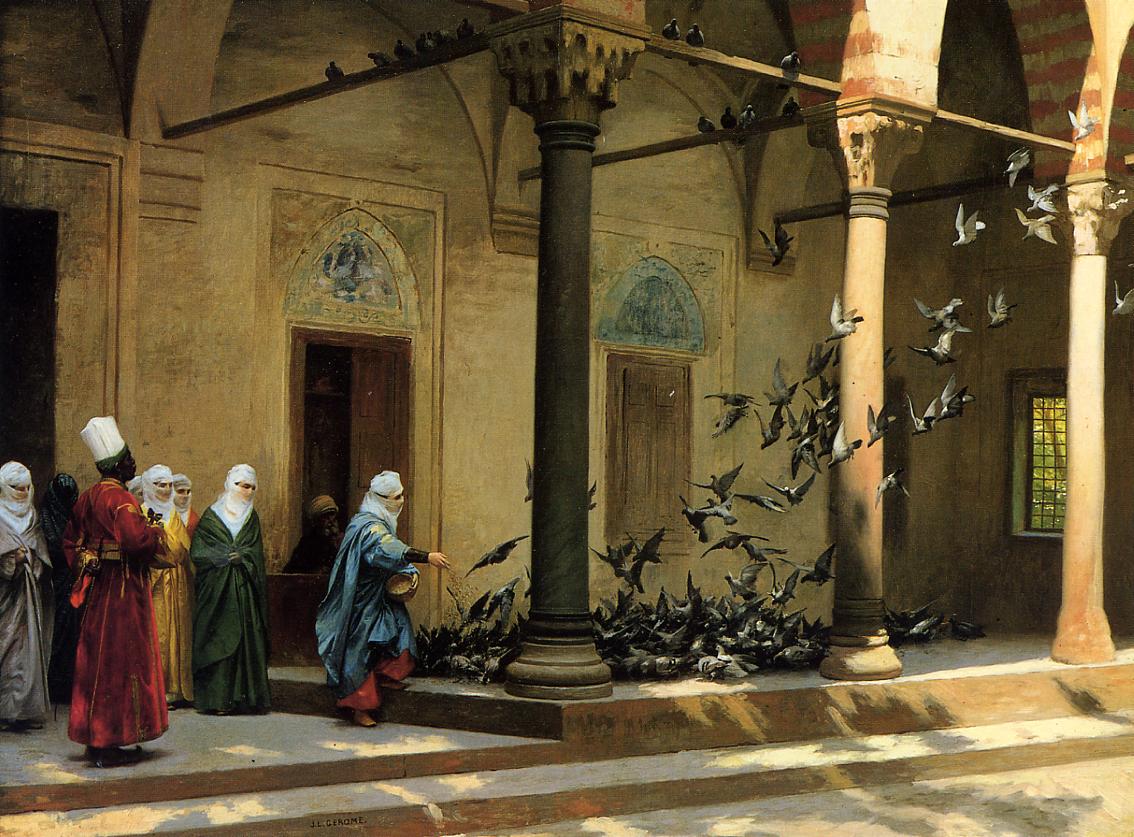
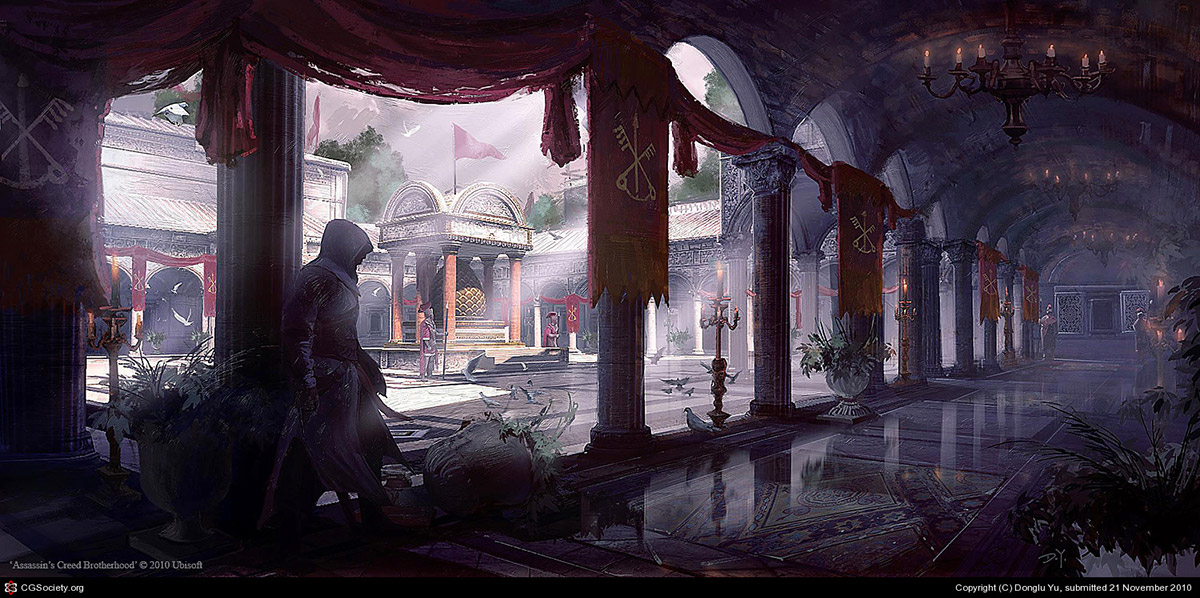
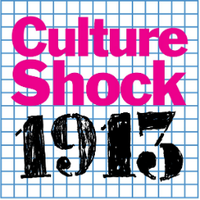
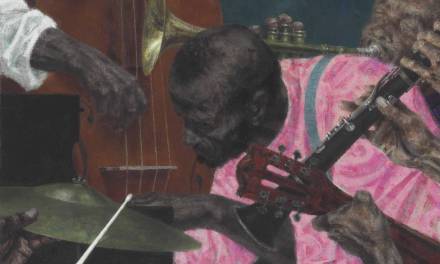
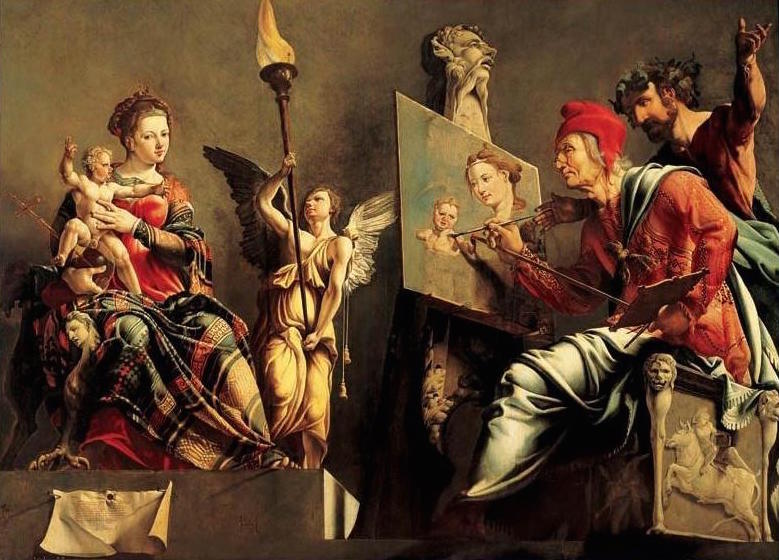
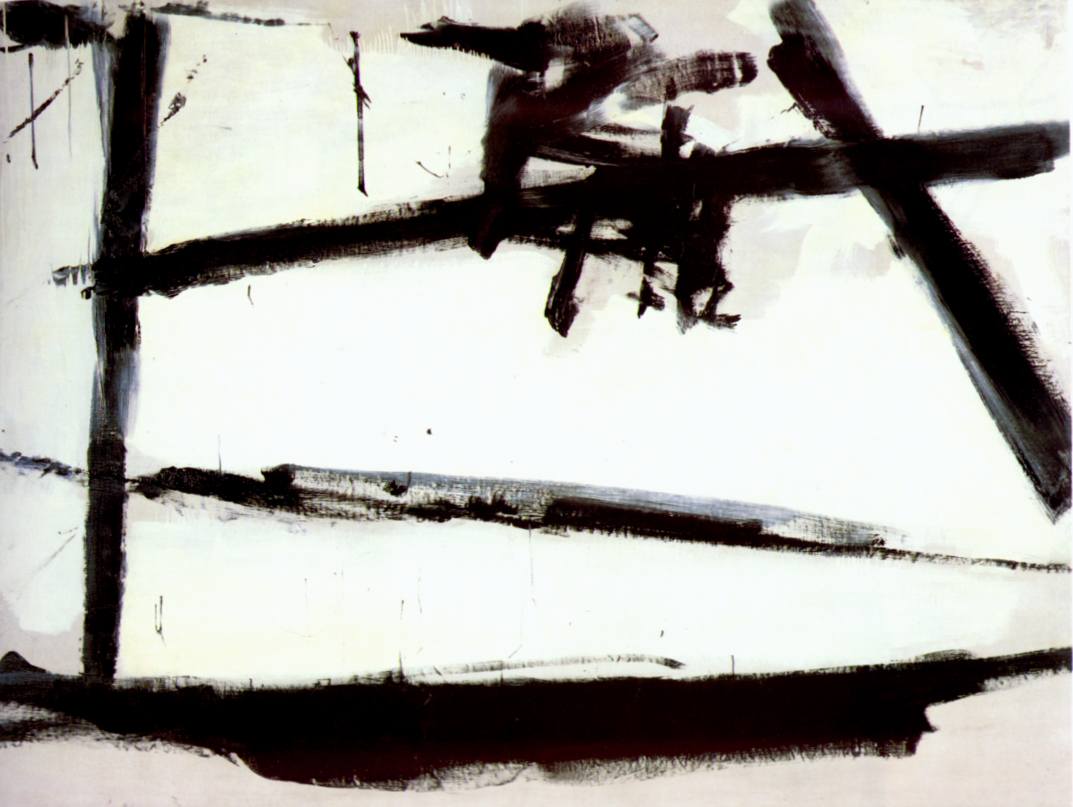
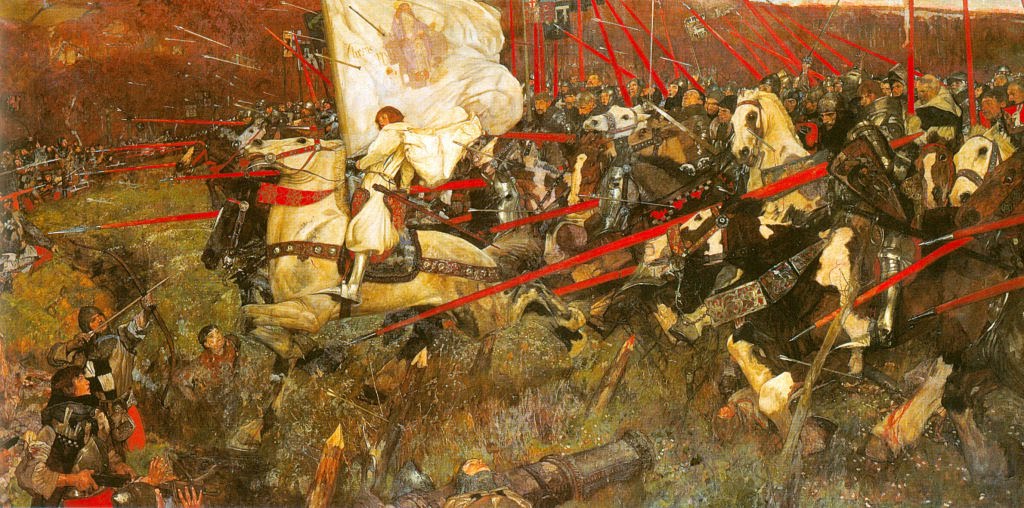
Concise and well said!
Really interesting post, thank you for sharing this. I really like the comparison to modern age and the digital world. Very fascinating.
Great post. Yes, 100 years ago was a pivotal moment. Pyle was dead, N.C. Wyeth had just published Treasure Island, and was trying to get his landscapes recognized, animation and comics were beginning to take off, and Edwin Blashfield had just published his great book on mural painting. It's interesting to read contemporary reactions among leading artists to the Armory show—for example Century Magazine, November 1913 (page 837-845). In that issue Ernest Blumenschein makes the case for modernist ideas, while Blashfield, argues eloquently for the value of tradition, truth, and meaning in art. The story is much more nuanced and interesting when you read documents from the time than the simplified, caricatured story that comes across on the NPR program.
Thanks James- My post (like the NPR) is admitedly written in broad strokes, but I hoped to convey that even though a door closed in one field, a new and very exciting art field opened that had a huge impact on the world of art and created amazing work.
I find it pretty interesting how the academic tradition managed to survive in the US, while in Europe it more or less died out. There never was a golden age of illustration over here. Perhaps because so much of those things were exported from the US anyway, that there never really was any demand for those kinds of skills in Europe. Which in turn only lowered the status of those kinds of artists further. And I think another interesting aspect of the times we're facing now is that with the emergence of the internet as well as video games, movies etc. there's both demand for artists living outside of the US, and much easier for someone not living there to get access to all the knowledge needed to aquire those skills.
What a wonderful post, thanks for the reminder about the important changes that have already happened in art before us. I see it as a necessity to hold this in mind as we move into new eras of painting and illustration, and how current technologies affect what we produce. Thanks also for the link to NPR, I'm looking forward to listening.
That is a very interesting point. Despite the Armory Show Americans did not go through the Baus Haus phase as in European design. Americans collected European modernists until after WWII. Today the Art World is more global.
I'm reminded that this period created NY as the publishing center of the world. Many European academic painters expatriated to NY to find work in publishing. Similar to the migration of artists to California/Seattle today to work in video games…
Matt- Thank You.
Mark- Thank You.